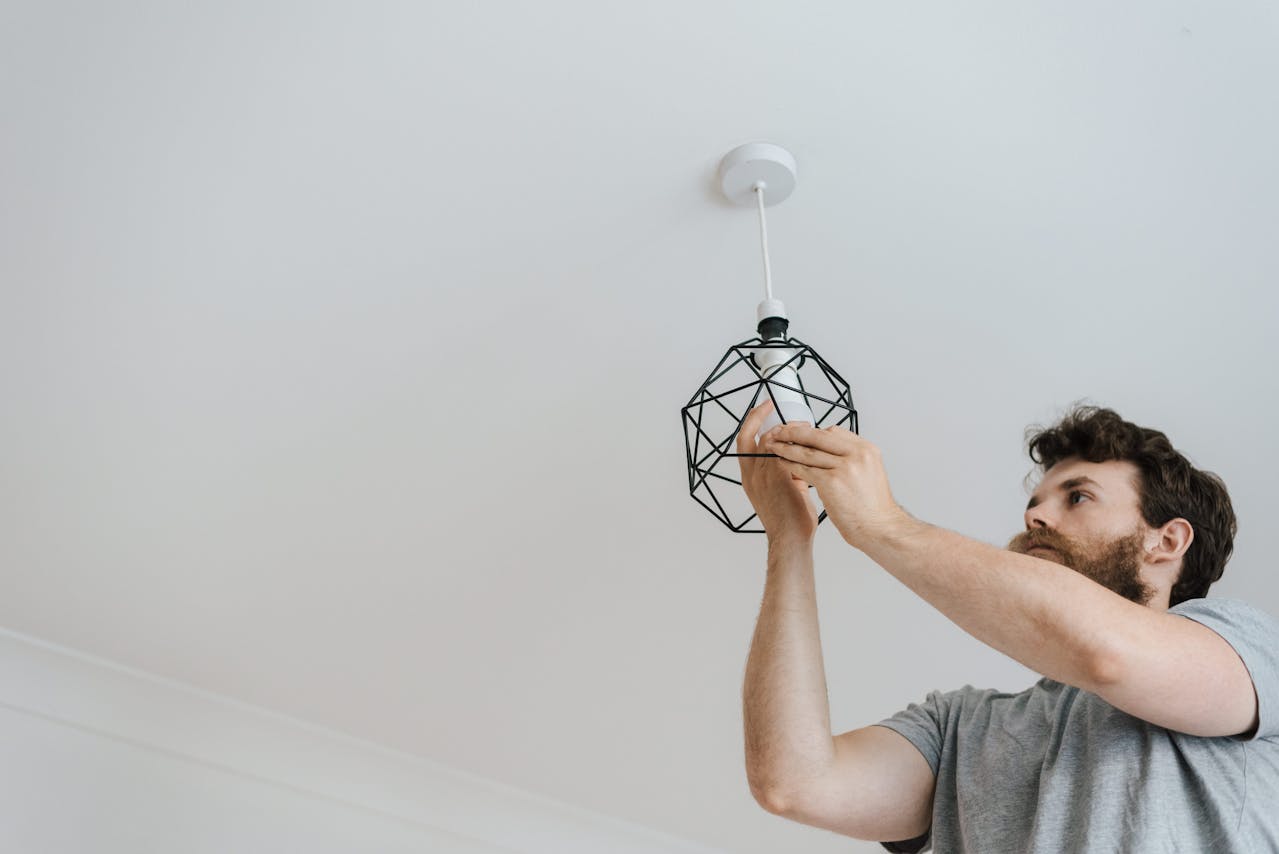
13 Essential Home Maintenance Tasks You Should Do Every Year
Maintaining your home is essential for retaining its value, guaranteeing safety, and increasing comfort. By following a comprehensive annual maintenance checklist, homeowners can avoid costly repairs and create a lovely living space. The following are ten basic house maintenance tasks that you should complete each year.
13 Essential Home Maintenance Tasks You Should Do Every Year
1. Determine key areas for annual maintenance
Start your home maintenance plan by identifying areas that require annual attention. This includes important systems like HVAC, plumbing, roofing, and the outside of your property. Taking inventory of these critical areas enables you to prioritize work and plan inspections accordingly.
2. Schedule professional inspections
Certain areas of home upkeep are best left to the specialists. Schedule annual inspections of your HVAC, plumbing, electrical systems, and roof. These professionals can uncover faults that the average homeowner may not see, ensuring that possible problems are detected early on.
3. HVAC System Maintenance
The heating, ventilation, and air conditioning (HVAC) system is essential for keeping your home comfortable. Change air filters every few months and have a professional inspection and tune-up annually. This improves efficiency and increases the system’s lifespan.
4. Plumbing Checks
Inspect your plumbing for any leaks or signs of wear and tear. Look for water stains, moist areas, or corrosion near pipes and fixtures. In addition, inspect the water heater for silt buildup or age-related concerns. Addressing plumbing issues before they worsen can save you money on future repairs.
5. Roofing Evaluations
The roof is your home’s first line of defense against the elements. Inspect it annually for damaged shingles, leaks, or signs of deterioration. If you see any problems, consider hiring a roofing professional to inspect the situation and offer repairs. This preventative technique can help to avoid long-term damage and expensive replacements.
6. Perform exterior maintenance
The exterior of your home frequently takes the brunt of adverse weather. Perform maintenance checks on the siding, windows, and doors. Look for peeling paint, cracked caulking, or broken screens. Regular maintenance not only improves curb appearance but also protects your home from moisture incursion and vermin.
7. Gutter Cleaning
Clogged gutters can cause water damage, so clean them at least once a year. To ensure proper water flow, remove all leaves, twigs, and debris. Consider installing gutter guards for long-term maintenance ease, lowering the likelihood of buildup.
8. Chimney Maintenance
If you have a fireplace, you should get it cleaned and examined on an annual basis. Creosote buildup can cause a fire, while cracks or obstructions might result in severe carbon monoxide exposure. Hire a certified chimney sweep to conduct a full examination and cleaning.
9. Exterior Caulking and Sealing
Inspect and replace any broken or peeling caulking around windows, doors, and other external openings. Proper sealing prevents drafts, increases energy efficiency, and keeps pests out. A well-maintained seal increases the life of your windows and reduces heating and cooling expenditures.
10. Evaluate interior spaces
Finally, take the time to evaluate your interior spaces. Inspect for water damage, mold, or signs of pest infestation. Inspect electrical systems, such as outlets, switches, and wiring. Test smoke and carbon monoxide detectors to ensure they are functioning correctly, replacing batteries as necessary.
11. Prioritize pest control
If you reside in an infestation-prone area, you should consider arranging a pest control inspection. Early detection of pests can save you trouble in the future.
12. Maintain Landscaping
Keep your landscaping well-maintained by doing the following:
Aerate your lawn to encourage healthy growth and avoid compacted soil. This improves air and nutrient movement. Fertilize and overseed as needed to keep your grass thick and lush.
Pruning trees and shrubs regularly helps to keep them in shape and promotes health. This helps to avoid disease and keeps branches from becoming dangerous during storms.
13. Deep clean seasonally
Use your annual maintenance as an opportunity for a deep clean throughout your home.
Go through your living spaces and discard anything that no longer serves a purpose. Donate or discard anything that is cluttering your room to make it more organized.
Take the time to organize storage areas such as basements, attics, or garages. This not only keeps your home cleaner but also makes it easier to find items when you need them.
Finally, do not overlook appliances and fixtures. Deep clean your oven, refrigerator, and dishwasher to improve their efficiency. Clean light fixtures and ceiling fans to remove dust and improve illumination quality.
Create an annual maintenance checklist
One of the greatest methods to ensure that you keep on top of house maintenance activities is to prepare a complete annual checklist. This checklist should cover all of the essential areas that require attention throughout the year. By creating a document listing your chores, you can keep track of when they were last done and plan for the next time they need to be addressed.
Consider breaking down your checklist into seasonal duties, such as spring, summer, fall, and winter, to ensure that the workload is properly distributed throughout the year.
For example, in the spring, concentrate on gutter cleaning and HVAC system checks, and in the winter, emphasize snow removal and pipe insulation. A clear timeline will save you the burden of catching up on maintenance at the end of the year.
Set reminders for key tasks
Setting reminders might help you keep organized once you’ve completed your annual maintenance checklist. Use digital calendars or phone reminder apps to stay on top of scheduled maintenance duties.
You can schedule reminders for specific dates or recurring tasks, such as changing air filters every three months or checking smoke detectors semi-annually. This preventative strategy not only saves you time but also prevents minor difficulties from growing into pricey fixes. Furthermore, by including these reminders in your routine, maintenance becomes a part of your everyday life rather than an afterthought.